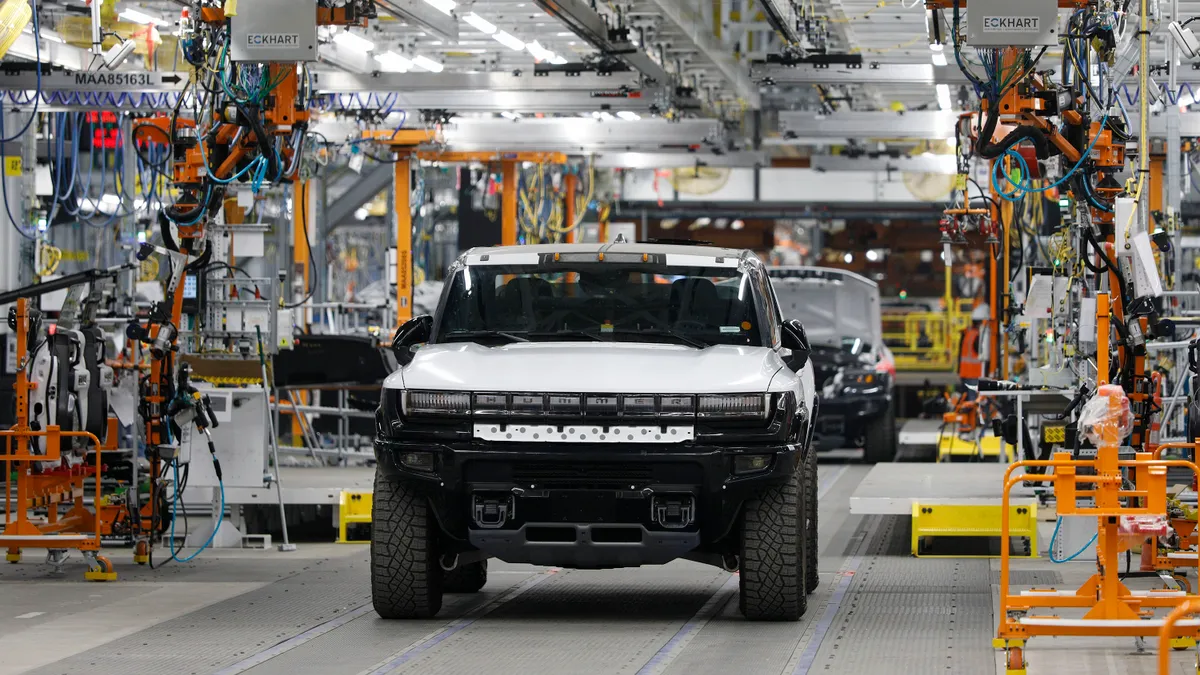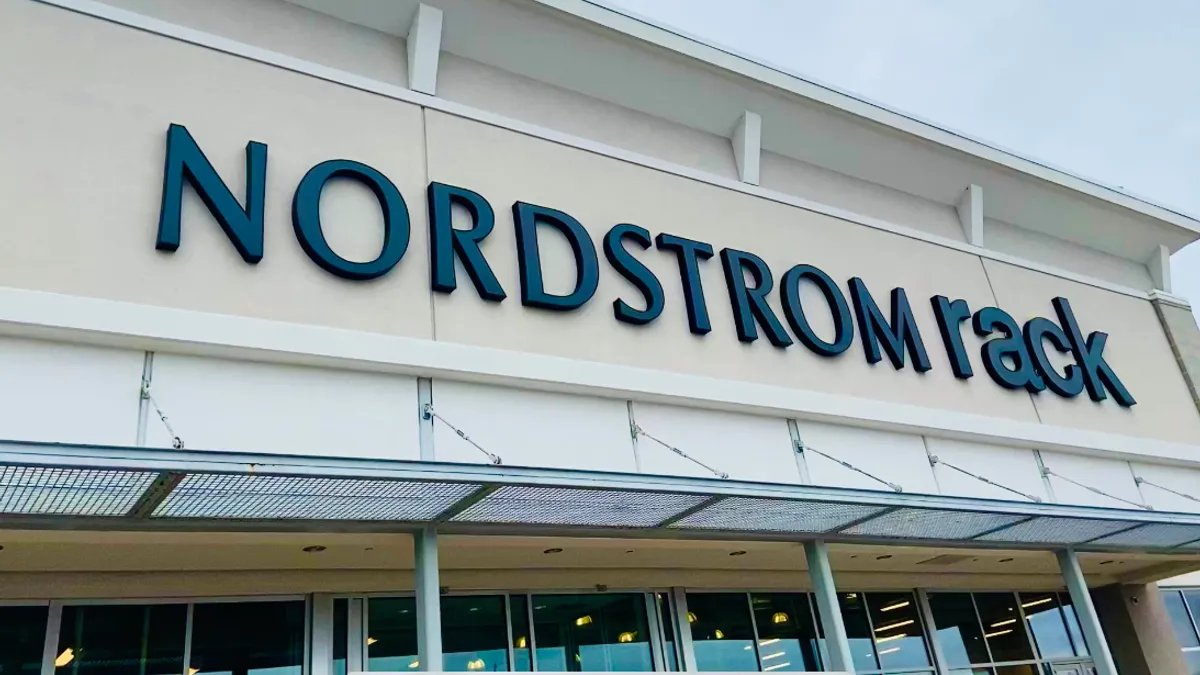Robotic arms, autonomous goods-to-person systems and knots of electric conveyor systems attract a lot of attention in the world of warehouse automation. But behind the scenes is technology controlling automation. And in recent years, a new kind of software emerged to help orchestrate automation: the warehouse execution system, or WES.
"WES was essentially born, I think in 2012, so it doesn't have the legacy that [the warehouse management system] does going back in the late '80s," according to John Sidell, the managing principal at New Course Group.
In the last few years, the technology made a name for itself as a vital component of warehouse automation. A recent survey by KRC Research and Honeywell of 434 U.S.-based professionals that manage warehouses, DCs or fulfillment centers found that 27% of respondents consider a WES essential to automating their business while another 33% consider the technology very important.

The WES is meant to be a single software that fills the roles previously handled by two systems:
- A Warehouse Management System (WMS): These systems focus on managing inventory and resources. "I know exactly what I have on that pallet, know exactly where that pallet is, I know a complete audit trail of everything that's happened to that pallet or case from the time it entered my building to the time it left and everything in between," Sidell said.
- A Warehouse Control System (WCS): These systems manage warehouse automation and integration. Automated systems need to know what sensors to turn on to read a package or what direction to send a parcel on the conveyor. That mechanization is happening at the level of a WCS.
Over the last few years, WCS vendors have begun adding WMS functionality to their system and vice versa, according to Nick Leonard, the director of solutions architecture at Swisslog Warehouse and Distribution Solutions.
"A warehouse execution system ... is not only a simple controller of subsystems, such as robotics, or conveyor or automation components, but it's also executing business logic to satisfy an order profile" while managing the flow of goods throughout a warehouse, Leonard said. "It's making intelligent decisions about the flow of people and goods in the warehouse," he said.
A WES creates a digital twin of the physical space in the warehouse, allowing it to update at the exact time inventory is moving. When a customer places an order, details and payment information feed into the ERP system. Once the supplier determines the inventory is available, the customer order is sent into the WES, which generates pick and pack instructions based on specific business rules at a warehouse location. It will manage the execution of the order, whether that involves manual picking or automated systems. It will update an order as each component of the order is picked, Sidell said.
The hard part is finding a software vendor that does all of this well, he said. Some of the software vendors that started out doing WMS struggle with WCS functionality, and some original WCS vendors have yet to perfect the inventory aspect of the software. He specifically pointed to Locanis, a Germany-based software company, as a provider that is doing this well. But companies including Swisslog, Honeywell, Fortna and Manhattan Associates all highlight some level of WES functionality on their websites.
Leonard noted some customers will keep their WMS even as they transition to a WES, because the WMS may have functionalities like transportation management. A Bastian Solutions webinar on WES similarly highlighted that WES might not have functionality like yard management that could result in warehouses maintaining a WMS.
Each system will end up being used slightly differently based on the differences in the inventory, labor and levels of automation at a given warehouse. Figuring out all those business rules and getting them running will take a minimum of 12 to 24 months for a complex, 1-million-square-foot warehouse operation, Sidell said.
Swisslog will try to schedule a site visit, talk with the customer and discuss goals for where it would like operations to end up, Leonard said.
"If the customer can satisfy all the requirements with our standard modules, then these engagements can be rather quick, like within a few months in some cases," he said. "When we have a really highly complex system, that's using multiple automated subsystems that are new to the environment, new to the business ... it could take upwards of a few years from start to finish."
But not everyone needs a WES.
"If I just put in a simple conveyor, I don't need a warehouse execution system, because I can integrate that conveyor within the WMS and it runs just fine," Sidell said.
As an operation becomes more automated, the more a WES makes sense, though.
"So if the majority of the outbound order pool touches the automation, then yeah, that's a definition for warehouse execution," Sidell said, later adding that every warehouse can use WMS, but only a subset needs WES.
This story was first published in our weekly newsletter, Supply Chain Dive: Operations. Sign up here.























